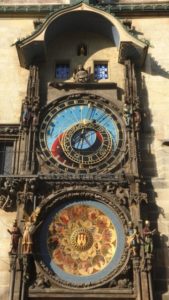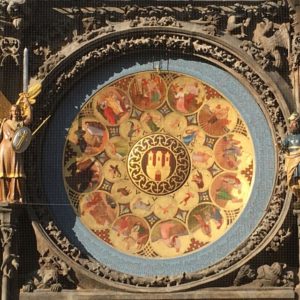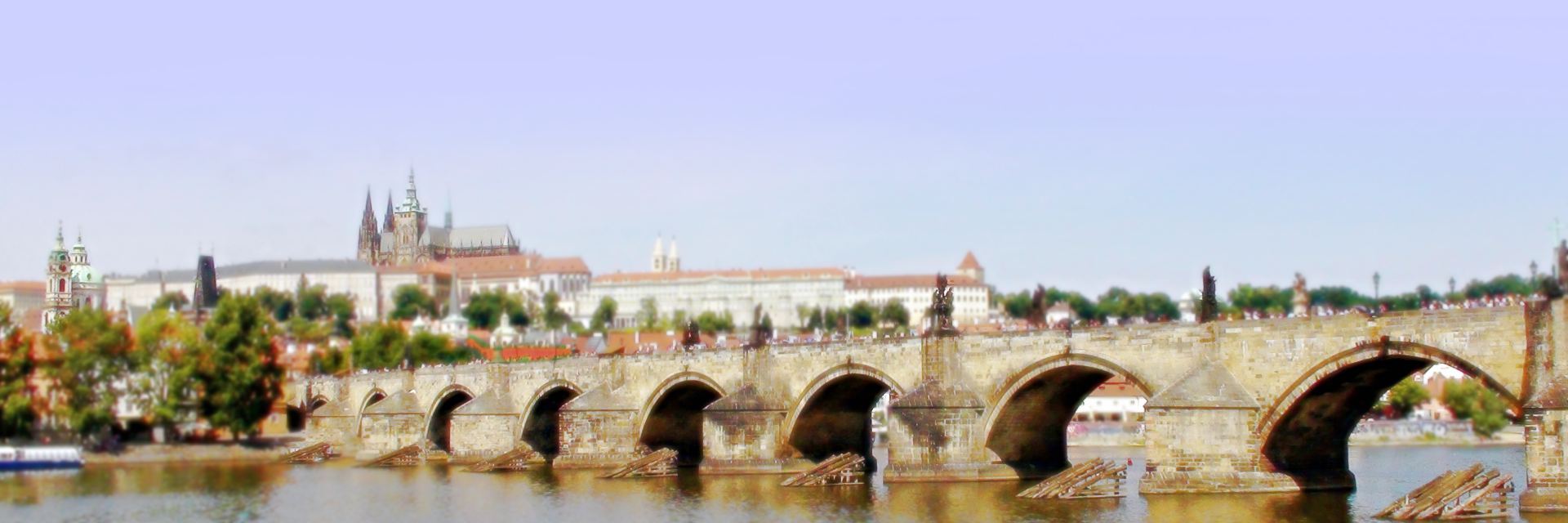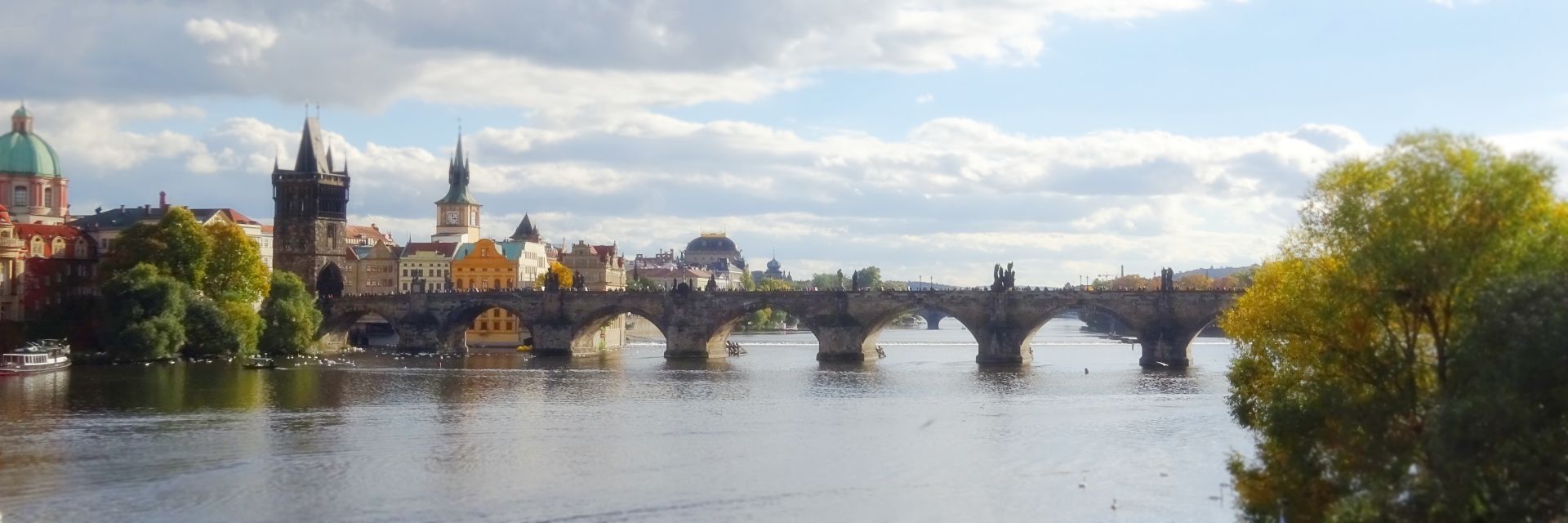Pyramids of Giza EGY
![]()
EUROPE
EUROPE
EUROPE
EUROPE
AMERICA
EUROPE
![]()
EUROPE
EUROPE
EUROPE
EUROPE
AMERICA
EUROPE

Buckingham Palace GBR

Hermitage Museum RUS

After a legend the clock machine at Prague City Hall is a work of Master Hanuš. His eyes should have been picked when the council men did not want to make him such a beautiful clock anywhere else.
The clock was mentioned for the first time in 1410. It is not sure who exactly created the astronomical clock in Prague Old Town. It was probably Mikuláš of Kadaň or a master of Prague university. The stone decoration is a work of Parler’s family, which built St. Vitus Cathedral in Prague.
In the end of the 15th century was laid a reconstruction of the town hall and the clock, which was made by Master Hanuš z Růže.
In 17th century were added moving wooden allegorical statues and about a century later also the statues of 12 Apostles. In the 19th century Josef Mánes painted the circular calendar.
The astronomical clock Prague was badly damaged during the fights of Prague uprising in the end of WWII. After the war it was renovated together with a part of the town hall. The burned statues were replaced by copies made by sculptor Vojtěch Sucharda.
The last (and a bit controversial) reconstruction of the tower and the astronomical clock was made in 2018. The clock was not just renovated but also newly painted. The new appearance should more correspond with the original appearance of the astronomical clock in 18th century and in the earlier centuries.

There were changed not just the colors of the clock but also the astrolabe itself.
This year was changed also the copy of Manes Calendar – different colours. Glass windows covering the apostles are shining by new bright colors.
What shows the astronomical clock in Prague:
Astrolabe: Time of Middle Europe (just winter time), Sidereal time, Old Czech time.
Calendar: Coat of arms of Old Town of Prague, signs of the zodiac, months, dates, days and names.
Figures of the Twelve Apostles (there is missing Judas – in spite of him there is a statue of Saint Matthias): Left side: St. James, St. Andrew, St. Jude Thaddeus, St. Tomas, St. John, St. Barnaby.
Right side: St. Peter, St. Matthias, St. Philip, St. Paul, St. Simon, St. Bartholomew.
Alegorical statues: Figures next to the clock: Vanity, Avarice, Death, Lust.
Figures next to the calendar: philosopher, Archangel Michael, astronomer, historian.



Saint Mark’s Square Venice ITA
The Great Wall of China is a series of fortifications made of stone, brick, tamped earth, wood, and other materials, generally built along an east-to-west line across the historical northern borders of China to protect the Chinese states and empires against the raids and invasions of the various nomadic groups of the Eurasian Steppe with an eye to expansion.
source “WIKIPEDIA”
![]()
EUROPE
EUROPE
EUROPE
EUROPE
AMERICA
EUROPE

Neuschwanstein Castle DEU

Sagrada Familia temple ESP
Guided Tours EUguide with English, German, French, Italian, Spanish and Czech speaking licensed guide.

Karlštejn the spiritual treasure of Charles IV.
Charles IV, emperor of the Holy Roman Empire and King of Bohemia, founded this Castle in the middle of 14th century on a hill among of the forests not far from the Berounka River about 30 km south-west from Prague.
The building lasted 15 years and the new castle became a place for meditation of the king and the safekeeping place for coronation jewels of the Kingdom of Bohemia and the Holy Roman Empire.
The castle is located on a top of a hill and consists of several parts. Lower (less important place) the burgrave´s palace, then the imperial palace with the king´s and queen´s apartments and a big dining hall, the Marian tower with the church of Our Lady and smaller chapel of St. Catherine of Alexandria. And finally a fortress in the fortress – the donjon (big tower) with the Chapel of The Holy Rood, where the coronation jewels had been safe kept for almost 250 years. The chapel is a real jewel of the medieval architecture. The walls are decorated by semi-precious stones and a collection of paintings of 129 saints, there are used as well as reliquaries because in their frames, there are the relics of these saints.
Note: The usual tours organized by Czech tourist agencies do not include the visit of the Chapel of the Holly Rood. They include just the 50 min guided tour in the imperial palace (tour I) in English or in Czech. The castle is only accessible with a local guide – however you will take an audio-guide, you have to follow the guide (not like in Prague Castle, Versailles or Schönbrunn)!
If you would like to visit the chapel of the Holy Rood, you have to book the tour Nr. II, from three tours, they provide in the castle. The booking you have to do before your visit (it is opened just in summer, every day). The number of visitors of the chapel is limited (12 in a group).
Languages: CZ, EN on request DEU, IT, FR or RU (possibility of an audio-guide (fee + 500 CZK as caution…)).

Charles Bridge (in Czech Karlův most) called in the past either Stone or Prague Bridge is the oldest extant Bridge in Prague.
It was founded by Charles IV in 14th Century.
After its founder is the bridge called Charles Bridge.
Location: Prague 1, Czech republic
Across: the Vltava / Moldau River and its arm called Čertovka / Devils Stream.
Lenth: 516 m (1693 ft), width: 9,5 m (31 ft), height: 13 m (42,6 ft).
Number od statues: 30 groups and Bruncvík on a pilar.
Founder: Charles IV
Founded: 9 July 1357.
Finished: 1402
Film location: Mission Impossible, The Brothers Bloom, XXX, The Good soldier Švejk, Humoresque, Kamenný most, Faunovo velmi pozdní odpoledne, Somewhere only we know aj.
What to do to get back to Prague? Which is the oldest, newest or the most beautiful statue on the bridge? Why is not decorated the western wall of The Old Town bridge tower?
How is related the Izaak Synagogue in Kazimierz in Polish Krakau with Charles Bridge?
These and many other interesting things about Charles bridge and its statues you will learn from your EUguide during following guided tours:

EUROPE
EUROPE
EUROPE
EUROPE
AMERICA
EUROPE